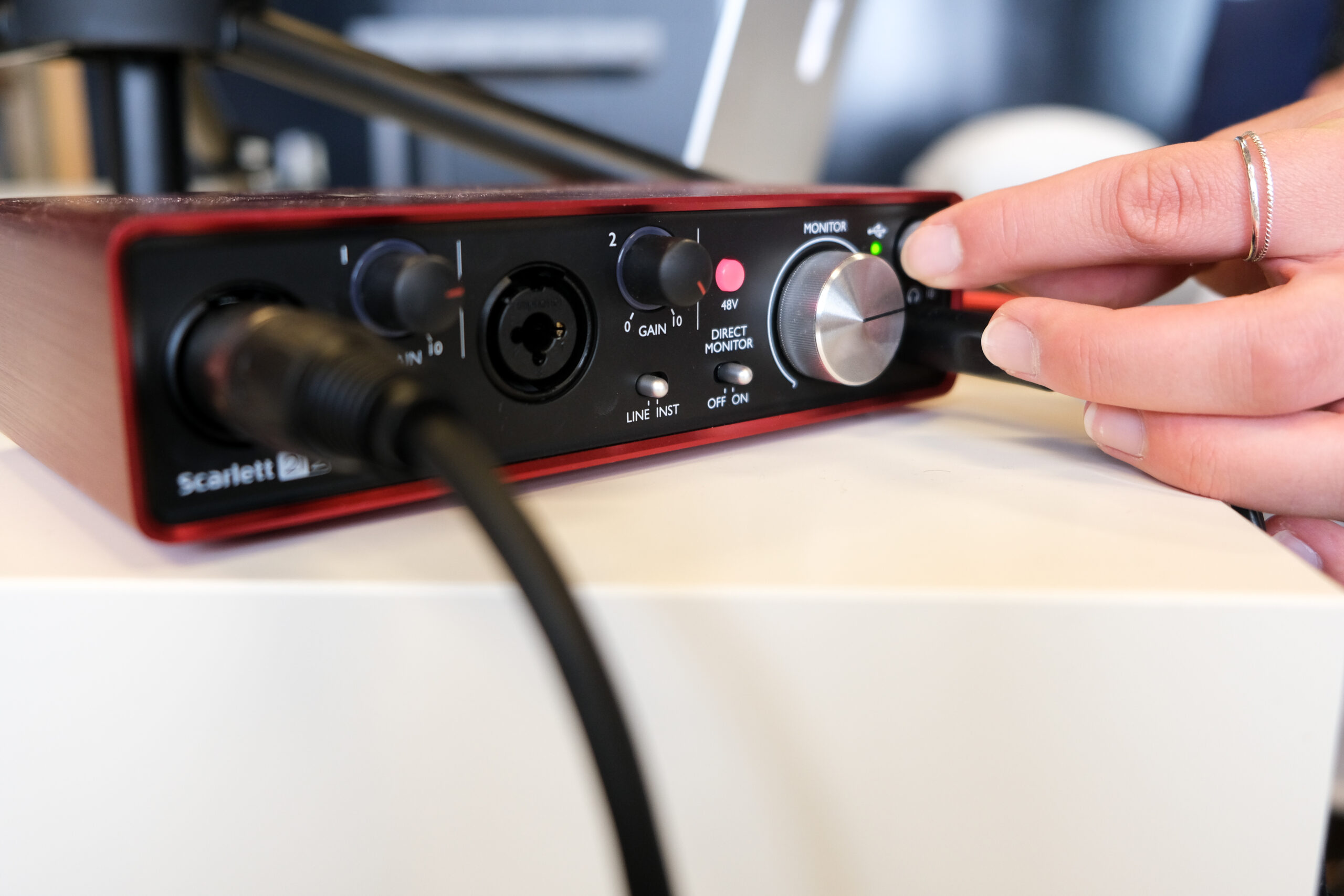It’s no accident that the best sales organizations often have high-quality and effective sales leaders. Amid economic uncertainty and rapid changes internally, sales leaders are also faced with the challenge of navigating tough new landscapes between the way buyers engage with their processes and how their sellers are managing those changes and rising above them.
While sales leaders are motivated and highly skilled in growing their teams and the business, they must overcome several obstacles in the modern selling landscape in order to achieve their goals and hit revenue targets. In fact, a recent study of sales leaders found that 40% of them have missed revenue targets in the last year, emphasizing the intensified difficulty of the current environment.
Enablement can be an extremely valuable strategic partner and consultant to sales leaders, helping their teams achieve more consistent performance, surfacing the metrics to prioritize the programs that succeed, and understanding how to best communicate to their teams to drive the adoption of the initiatives that influence revenue. In fact, in the State of Sales Enablement Report 2022, organizations reported a 12-point improvement in win rates when enablement effectively streamlines processes to help unify the buyer experience.
“Sales enablement tends to have a high presence across the business because the majority of our projects or the work that we all do is high profile,” said April Logan, senior manager of global sales enablement at Reuters. “We are getting exposure because we are making an impact on sales and the growth of our business.”
Here are three best practices to best align with sales leaders to improve performance among their sales teams and gain critical buy-in to grow enablement programs that drive impact.
Demonstrate the Value of the Learner Experience to Achieve Consistent Performance
Effective sales leaders understand there is tremendous value in having a diverse set of selling styles and approaches within their teams. A one-size-fits-all approach is rarely one that makes a significant impact. Instead, individualized coaching strategies can help leaders hold their teams accountable in participating and engaging in the learning and how that impacts rep performance over time.
“It really doesn’t matter how great our programs are or what we build,” said Nina LaRouche, director of revenue enablement at Bazaarvoice. “If your leaders aren’t bought into it, sellers are not going to prioritize it.”
To help foster that alignment with leadership, think of the intention behind the goal of alignment. For example, LaRouche suggests speaking in the same language that sales leaders do and understanding that although they are very busy, they know they can rely on enablement to produce great learning experiences that help sellers understand the product, sales processes, or methodology on a deeper level.
“[Something I’m starting to introduce] here at Bazaarvoice is something called a coaching kit,” said LaRouche. “If you have a leader come to you with a very specific need, like asking layered questions in the discovery phase [with a prospect], you can create a package of enablement.”
For example, consider creating a shared document that outlines the overview of what enablement is trying to achieve in a program, what the learning objectives are, and what is required of the leader and the rep to make the coaching strategy successful. Enablement can handle the learning design component along with the experience of the sales leader to help create an activity for their sales team to help address a specific issue.
“It has the experience and expertise of the sales enablement folks, whether it’s yourself or your team, helping to guide that [coaching],” said LaRouche. “The great thing about that is if you roll that out to one leader, they can kind of try it out, and you can make some tweaks to it. Then, that can be something that you scale across the whole organization.”
Showing the value of the learner experience and how it can impact seller performance by involving sales leaders directly can create opportunities for enablement to earn credibility and promote their strategies for the long term. Enablement can help leaders with the techniques that can help change behavior and then reinforce that change to help improve sellers’ performance.
“The number one thing is program adoption,” said LaRouche. “If you’ve built up credibility and your folks understand the value of those programs they will begin to adopt. When you’ve got that alignment, when the message is coming from the top down, you’re going to see people participating and engaging with the learning.”
Communicating Metrics to Show Enablement’s Impact on Sales Performance Success
When in doubt, over-communicate the success of enablement programs for revenue-facing teams. For enablement to earn credibility as a strategic business partner to sales leaders, they are keen to understand what initiatives or programs enablement has created that impacts the metrics that mean the most to them. For example, if a sales leader is concerned with revenue growth, enablement can focus on the leading indicators that impact a rep’s ability to close a deal that directly involves some of the gaps a leader has outlined in helping their reps achieve more consistent performance.
“That would be great if I could tie my enablement program to actual dollars closed, but there’s a lot more that goes into it than just [that the reps] took the training and they closed more dollars,” said LaRouche. “There’s many steps in between and thinking about what those leading indicators are, like meetings booked or pipeline generating demos and those things that happen early on are also coachable.”
To help share the impact of enablement’s programs and what it’s bringing to the broader organization, enablement leaders can schedule a regular cadence with sales leaders to build rapport, open up the conversation on what’s working and what’s not, and review priorities, sharing the roadmap to success.
“Know what metrics are important to them and know how your programs are specifically impacting those metrics,” said LaRouche. “Another thing that’s kind of a guiding principle or just a best practice is to tell a really good narrative with the data that you have.”
Communicating insightful context on how certain metrics impact leading or lagging indicators in growing revenue can help move the needle in prioritizing enablement programs and initiatives for the whole organization. Having those regular conversations helps enablement to understand the business from all angles and nuances. Enablement can recognize trends from team to team that will help build out more robust programs and help sales leaders understand what they can do to improve the performance of their reps at a high level.
“A few examples could include coaching tools available for the sales leaders, or dashboards that they can use in their one-to-ones to reinforce key messages or behaviors,” said Logan. “We can look at competency levels to help identify things like skill gaps or even personality gaps within a team. It could be at an individual level, a team level, or even regional level and implement training programs to support those gaps.”
Communicate and Prioritize Projects With Thoughtful Intention
Sales leaders are adept at diagnosing certain issues within the sales process and then creating a game plan to help solve those issues. Enablement teams can be critical partners that can help balance the operational and strategic approaches leaders focus on with their sales teams.
“I think that’s the other thing about having really good alignment is that prioritization piece because at the end of the day, I’m a consultant,” said LaRouche. “It’s up to the leaders to really decide what their teams are consuming and how much.”
As enablement builds out their programs, whether for sales kickoff or up-leveling certain sales skills, it can be useful to think of a framework that provides various options for sales leaders to modify and react to. Being super clear on what enablement needs from leadership to properly execute a new plan or program can help save time and resources and help balance any competing needs or priorities.
“There’s a lot of things about sales enablement that is very similar to being a seller,” said LaRouche. “If you think about needing to get to the decision-makers when you’re selling, that’s the same thing we do. We have to get to the final decision-makers, so it’s understanding who your champions are.”
Delivering quality programs that demonstrate enablement’s impact and credibility and being able to communicate that effectively can help build critical alignment and support between enablement and sales leaders. Working together, enablement and sales leaders can make significant strides in empowering reps, improving sales performance, and ultimately driving even more revenue for the organization.







